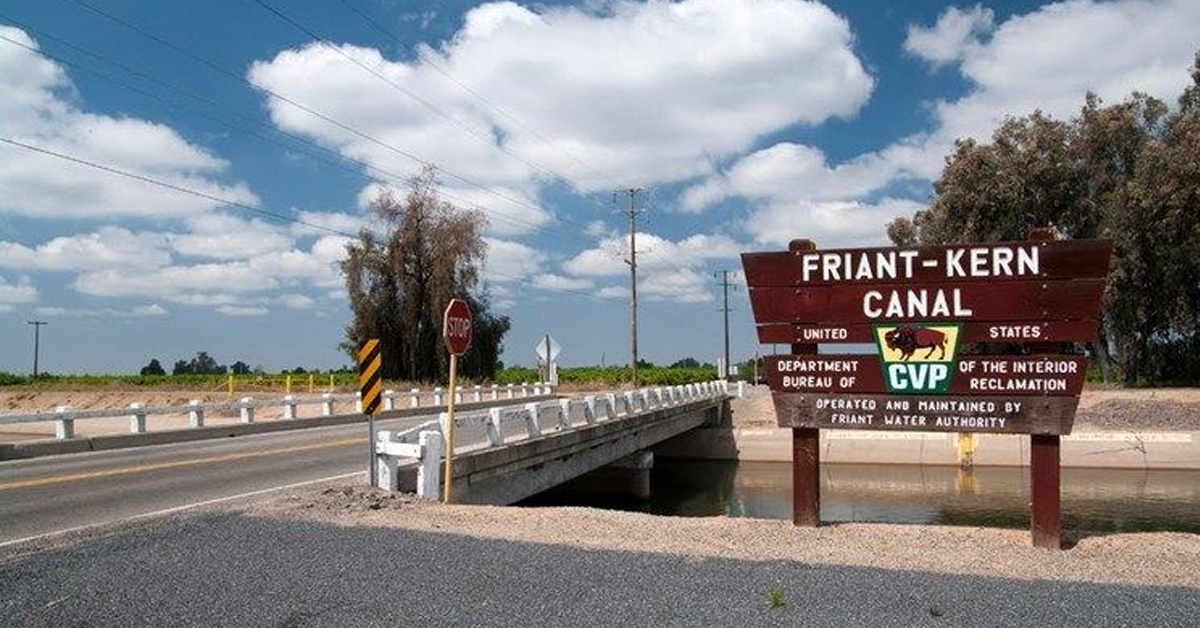Fresno, prepare for a messy battle between lofty, if wayward, policy goals and the hard-hitting gravity of consumer choices.
Thursday’s Fresno City Council meeting offers the first discussion about a dramatic change to Fresno’s general plan, led by Fresno City Councilmembers Luis Chavez and Mike Karbassi in the hopes of increasing the city’s housing stock.
As for that messy battle mentioned above, Chavez says it’s obvious that the latter is soundly defeating the prior. And yet, he contends it’s a solvable issue.
“This is a problem we can literally build ourselves out of,” Chavez said in an interview with The Sun on Tuesday night.
A groundbreaking plan
Five years ago, Fresno approved its 2035 General Plan – the 20-year long governing document on development for the city.
Led by Mayor Ashley Swearengin, the plan aimed to limit Fresno’s growth (or sphere of influence) and focus housing growth toward the city’s in-fill (or vacant property throughout the city).
For locals, the inward focus would create hubs of live-work-play developments that would create a bevy of positive externalities – from reduced traffic and vehicle emissions to increase neighborhood involvement.
The plan was projected to drive 76,000 new housing units to the city over the course of a decade.
A key component was developing high-density housing projects with units to be sold at market rate.
Upon passage in December of 2014, it was celebrated as a progressive step toward ending Fresno’s seven-decade expansion outward from downtown Fresno.
Five years in, pain abounds
In diagnosing the problem with Fresno’s vision, Chavez argues, numbers are the starting point.
The 2035 General Plan set its goals firmly at developing 76,000 new housing units over a 10-year span.
Five years into implementation, Fresno has seen just 7,331 new housing units constructed, less than 10 percent of that goal.
Of those 7,331 units, city estimates categorize a majority as low-income housing in southeast and southwest Fresno rather than the market-rate high-density housing promised by the Swearengin administration and advocates.
Meanwhile, building permits for housing projects took a steep dive.
In 2015, builders took out 3,270 permits for housing projects. The following year, only 1,257 permits were pulled, a 38 percent decline year-over-year.
Last year, just 1,337 permits were pulled.
The key goal of the plan: to increase market-rate, high-density housing in the city’s in-fill has failed to materialize.
Valley consumers, Chavez said during his interview, are largely looking for an affordable, single-family home.
“Clovis offers that product, Sanger, Fowler, Kerman, Madera,” Chavez said. “And buyers are going to it, unless we do something.”
A rough comparison of neighboring Fresno County cities sees a housing boom along with massive developments sprouting up across the San Joaquin River in unincorporated Madera County.
Led by Tesoro Viejo and Riverstone, Chavez said that Fresno’s general plan created an “inverted production line” sending market-rate housing development to further-flung locales.
In the process, the goals of cutting vehicle emissions and travel time to Fresno-centric workplaces has increased rather than decreased, as promised by the plan.
And while Fresnans have bemoaned multi-generational “brain drain” of its natives, a new fear has arisen: wealth drain.
As market-rate housing production in those nearby communities continues to grow, working families are more likely to relocate away from the City of Fresno taking their tax payments and disposable income with them, Chavez said.
The impact of slackening housing development has also tipped into rental markets, Chavez noted.
He quipped that the days of “one month rent free” deals are long gone in the rental market. In its stead, qualification standards and deposits have climbed.
Despite being far more affordable than rental markets in the Bay Area or Southern California, Fresno’s rents – adjusted for cost of living – are hitting a historic high.
“Just the beginning”
In bringing forward a push to change Fresno’s development vision, Chavez and Karbassi argue for a more flexible plan that includes expansion into two growth areas – the Southeast Growth Area (SEGA) and West of Highway 99.
“With little in-fill development, you can’t [make up housing development] in growth areas,” Chavez said of the predicament created by the current plan.
Already, there appears to be some appetite from Chavez and Karbassi’s colleagues to make a change.
“My district, west Fresno, has been asking for market-rate housing at the same quality as the rest of the city, particularly the north,” Fresno City Council member Miguel Arias told McClatchy on Tuesday.
Arias’ district, which is anchored by downtown Fresno and spreads into the southwest, is home to the greatest concentration of subsidized affordable housing in the city.
Advocates for the existing general plan published a video Wednesday night arguing to preserve the plan, citing the promised benefits from 2014.
They also cited a change to the general plan as a new chapter in Fresno’s supposed “history of corruption.”
Chavez noted that what was missing were the impacts of out-of-town development created because of Fresno’s self-imposed limitations.
As for a long, spirited debate to boost housing production?
“This is just the beginning,” said Chavez.









